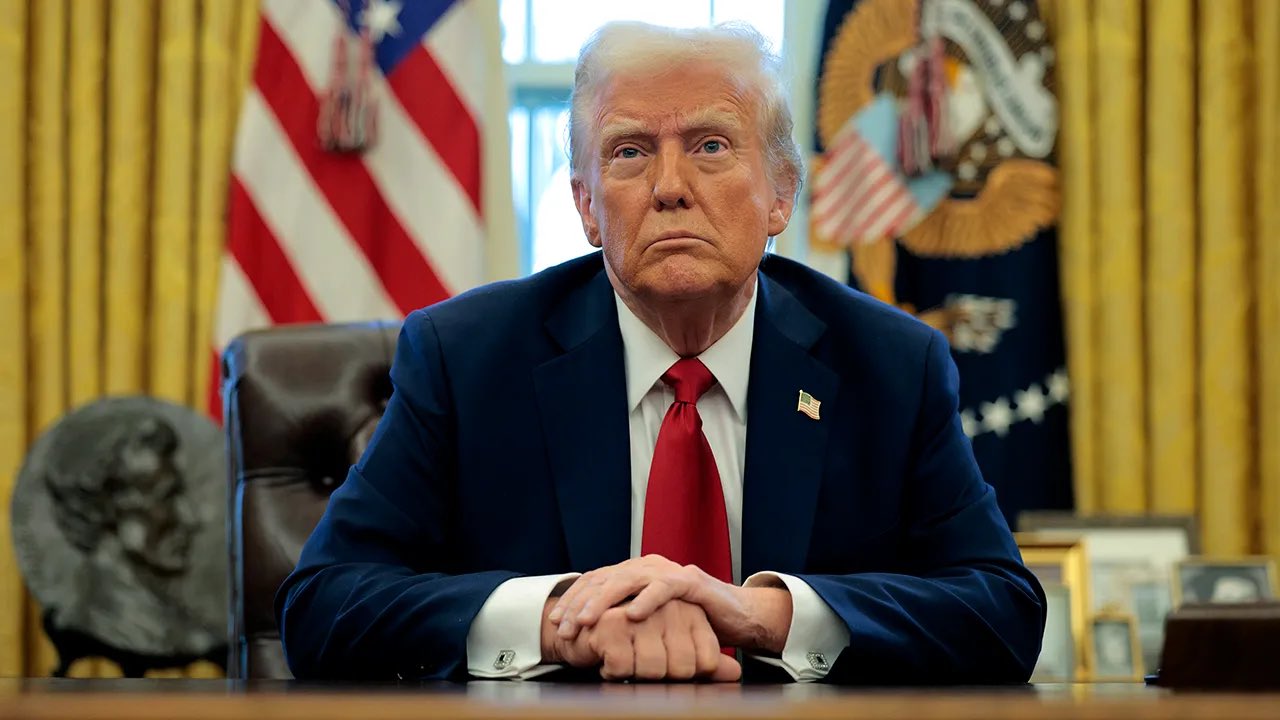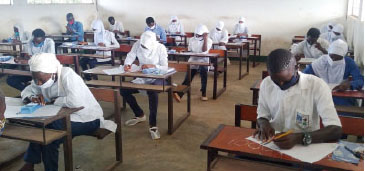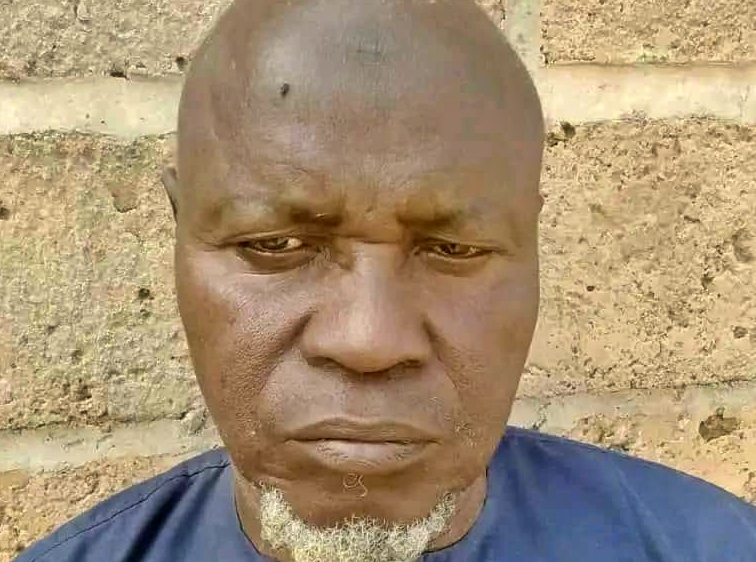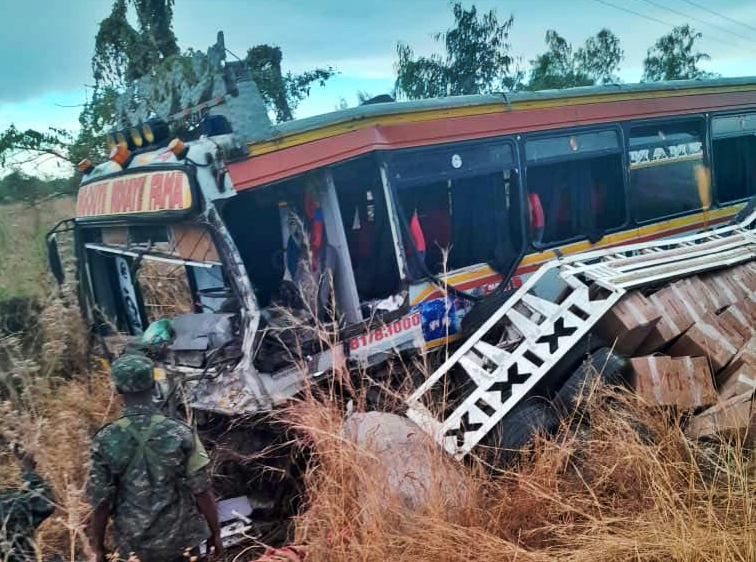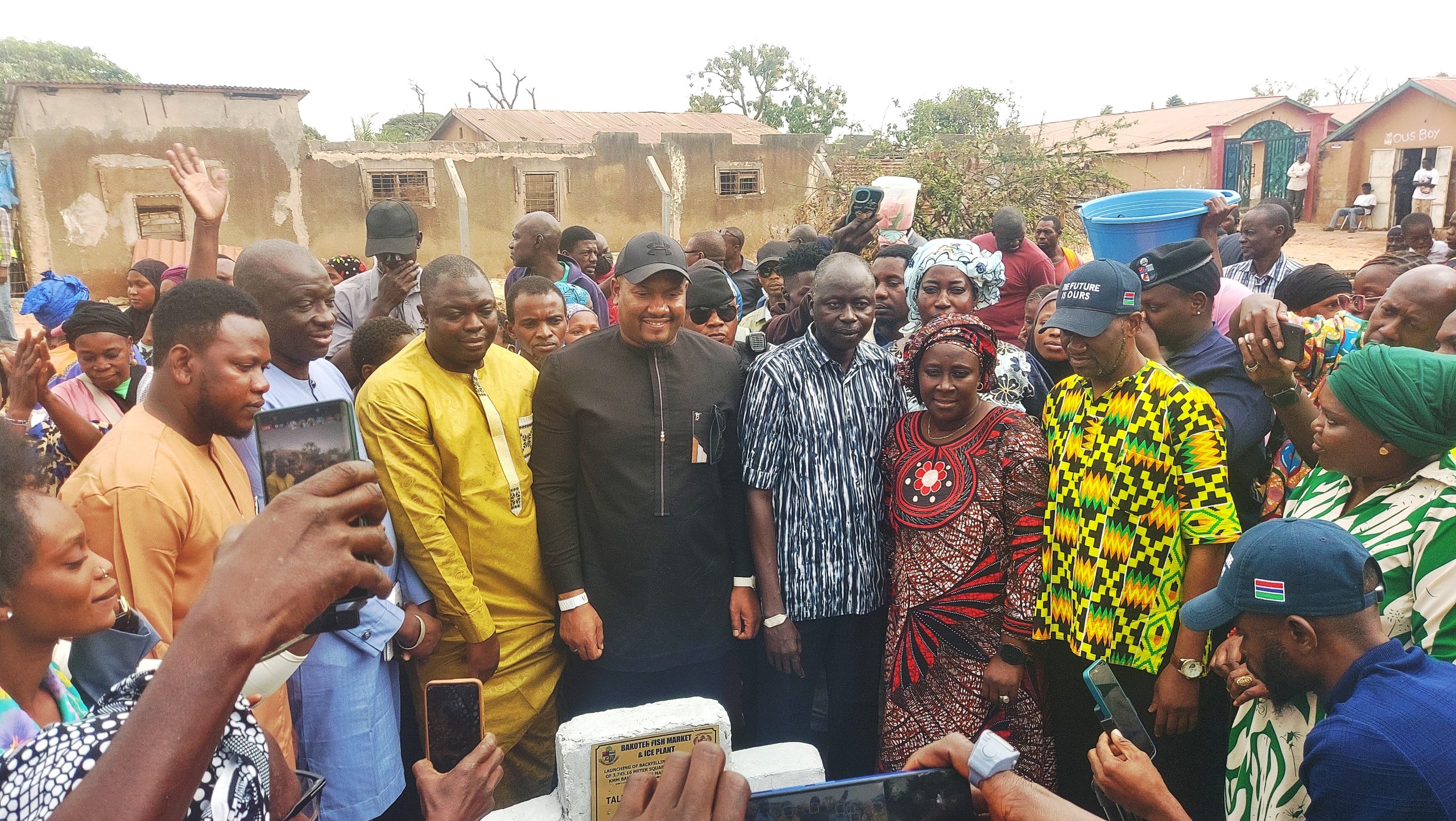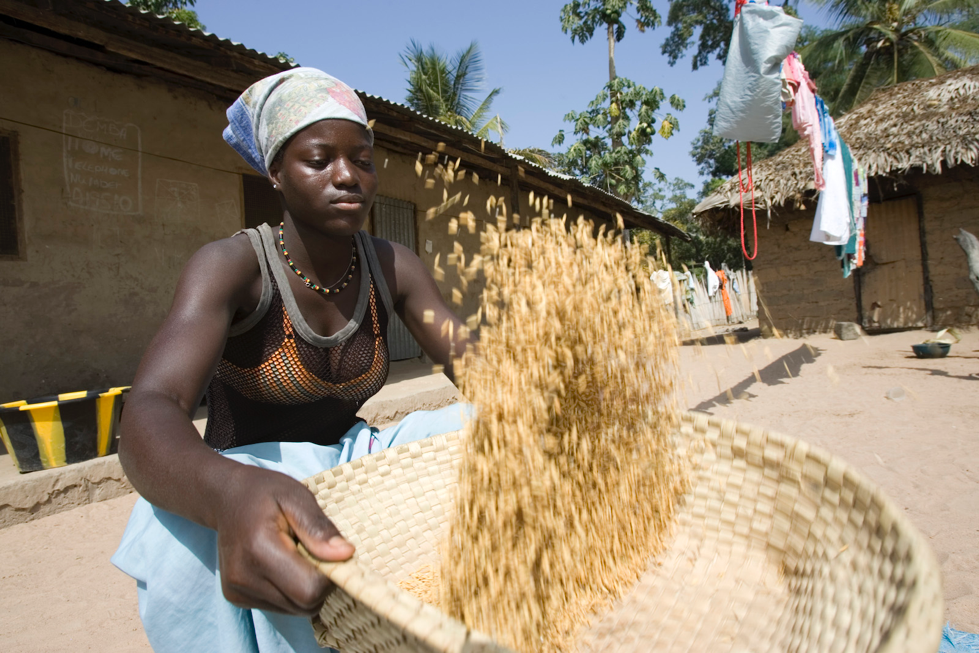The success of the just-ended COP28 climate summit is dependent on the performance of a new international fund known as the loss-and-damage fund. This fund is critical for the survival of the countries most affected by global warming of 1.2 degrees Celsius.
It is not intended to assist climate-vulnerable countries in reducing emissions or planning adaptation initiatives, but rather to pay for damages caused by individual climate-related disasters. The fund is primarily aimed at poor, developing nations in the Global South that have already suffered significant losses and damages as a result of climate change.
Over $650 million has already been received, but analysts anticipate that countries will require between $290 billion and $580 billion every year by 2030.
With a population of about 2.6 million people, the Gambia is primarily dependent on climate-vulnerable cash crops, just like many other West African nations. Approximately 25% of the $2 billion annual economic output of the Gambia is derived from agriculture, employing more than half of the working force to farm crops such as rice, sorghum, millet, and peanuts. Farmers put off planting during dry spells like the one that has ravaged the nation for the past five years, and harvests end up failing completely.
Farmers that lose their crops to drought are compensated by the African Risk Capacity Program, an insurance system established by a group of African nations. Earlier this year, the program gave $187,000 in cash transfers to almost 17,000 farmers in the drier eastern part of the Gambia. With this monetary influx, the farmers were able to replace their lost income from the drought and purchase food supplies. Only a small portion of the impacted farming community received reimbursements from the insurance program, as the government of Gambia has found it difficult to pay premiums due to the country’s heavy debt load and widespread poverty.
According to Isatou Camara, a development planner at Gambia’s finance ministry, her country would likely use loss-and-damage financing to pay into this existing insurance plan rather than attempting to establish a new fund for drought assistance.
“From 2015 to now, the government was actually able to pay [for insurance premiums] from its own budget resources only twice,” Camara said in a statement to Grist. “Having this loss-and-damage fund in some way could provide subsidies for farmers to at least receive payouts when they experience these climate-related events.”



